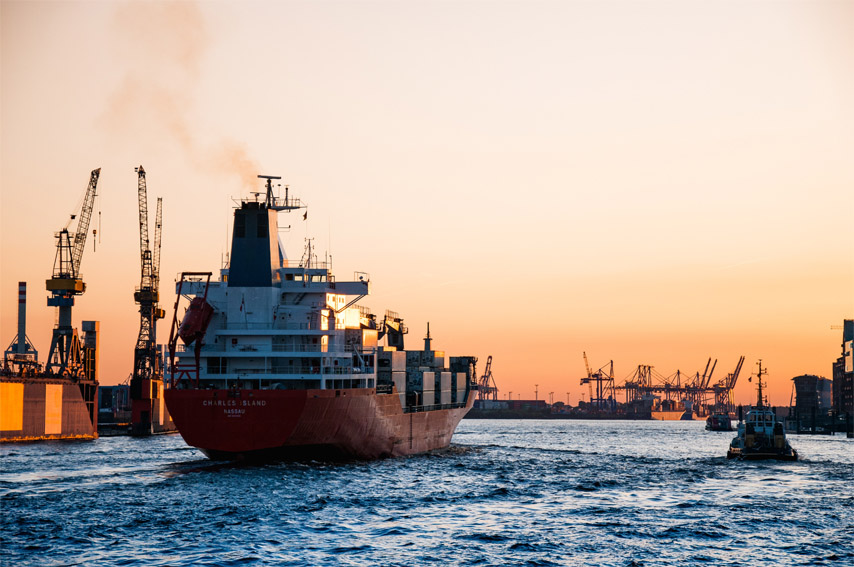Commonly used hull structural steels include general-strength steel (A, B, D, E) steel plates specified by GB712, high-strength steel (AH32, DH32, EH32, AH36, DH36, EH36) steel plates; GB5312 high-quality carbon for ships Plain steel (CIO, C20) steel pipe; A and B grade steel ball flat steel for shipbuilding specified in GB9945.
The general strength hull structure steel is divided into 4 grades: A, B, D, E. The yield strength of these 4 grades of steel (not less than 235N/mm^2) is the same as the tensile strength (400~520N/mm^2) , It's just that the impact energy is different at different temperatures;
High-strength hull structural steel is divided into strength grades according to its minimum yield strength, and each strength grade is divided into A, D, E, F4 grades according to its impact toughness.
A, D, E, F respectively represent the impact toughness that can be achieved at 0°, -20°, -40°, -60° respectively;
The yield strength of A32, D32, E32, F32 is not less than 315N/mm^2, and the tensile strength is 440~570N/mm^2,
The yield strength of A36, D36, E36, F36 is not less than 355N/mm^2, and the tensile strength is 490~620N/mm^2,
The yield strength of A40, D40, E40, F40 is not less than 390N/mm^2, and the tensile strength is 510~660N/mm^2,


 Scan here
Scan here